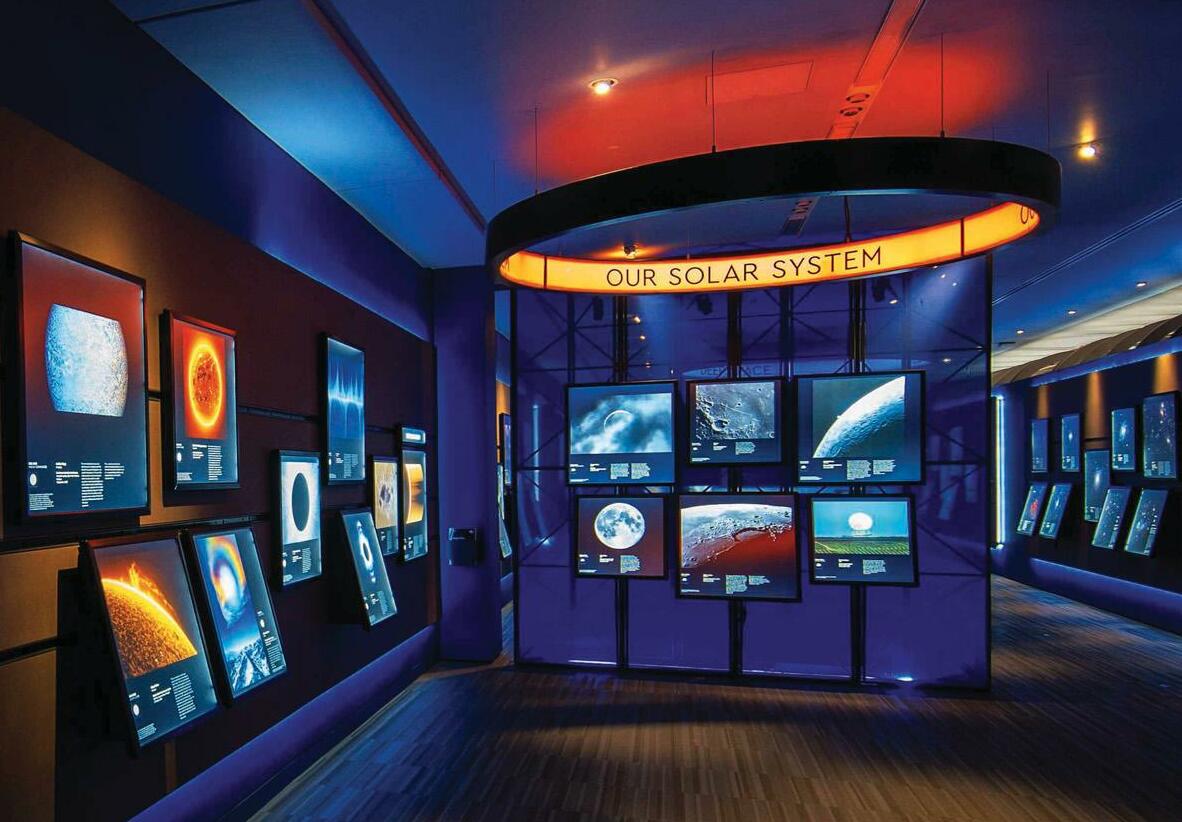
It's time to pick out your best astro images from the last 12 months to see if you can be named the 2025 Astronomy Photographer of the Year.
The Royal Observatory Greenwich is once again asking you to submit your best night-sky images to compete for the grand prize of £10,000. The best image in each of the eight main categories will also take home £1,500, with the Runner Up and Highly Commended winners receiving £500 and £250 respectively. If you're a newcomer or prefer to show off your astronomy photography in a more creative way, there are two special prizes, each offering £750. Meanwhile, astronomers under the age of 16 can enter the Young Astronomy Photographer of the Year competition for free, with the chance of claiming the main prize of £1,500.
Get your entries in now to be in with the chance of winning!
CATEGORIES
Planets, Comets and Asteroids Aurorae
The year has been a fantastic time for Solar System observers, with a parade of planets and comet A3 Tsuchinshan-ATLAS streaking across the sky. If you managed to catch a wonderful shot, make sure you enter it into this category.
Some truly spectacular aurora displays have danced across the sky this year, stretching from the poles to as far south as the Caribbean. Whether it's the aurora borealis or australis, if you've captured the lights, showcase them here.
Skyscapes
Denne historien er fra February 2025-utgaven av BBC Sky at Night Magazine.
Start din 7-dagers gratis prøveperiode på Magzter GOLD for å få tilgang til tusenvis av utvalgte premiumhistorier og 9000+ magasiner og aviser.
Allerede abonnent ? Logg på
Denne historien er fra February 2025-utgaven av BBC Sky at Night Magazine.
Start din 7-dagers gratis prøveperiode på Magzter GOLD for å få tilgang til tusenvis av utvalgte premiumhistorier og 9000+ magasiner og aviser.
Allerede abonnent? Logg på
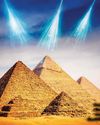
Putting cosmic rays to work
These penetrating interstellar particles have applications from astronomy to archaeology
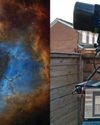
Set up your first imaging sequence
How to automate and coordinate your gear over multiple nights of imaging

The Universe without gravity
Life with no gravity might sound a fun idea, but as Govert Schilling explains, shutting off this pivotalforce would spell disaster for Earth and beyond
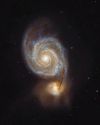
How to blend images taken with different camera setups
Combine data captured at varied focal lengths to create rich, deep images

INSIDE THE SKY AT NIGHT
Back in September 2021, The Sky at Night show spoke to Carly Howett about NASA's then upcoming Lucy mission. As the spacecraft now approaches its main targets - the Trojan asteroids - we check in with her to see how the mission is going

The science of SCI-FI
We love a good sci-fi film, but do they get the science right? Amy Arthur picks six of the big mistakes made in space films
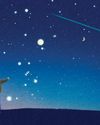
Seeing in a new light
It's National Astronomy Week this month, so take a tip from Mark Westmoquette and let mindful stargazing change your perspective on your life and problems
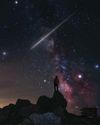
What to do if you find a meteorite
Ever come across an unusual rock and wondered if it's a meteorite? Mark McIntyre explains how to tell if that stone really is a fragment from outer space
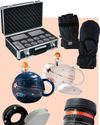
GEAR
Charlotte Daniels rounds up the latest astronomical accessories

Q&A WITH A STELLAR ECLIPSE SPECIALIST
Many stars are gravitationally locked inside multi-star systems, but a rare new triple-star system has set a new record for how cosy these clusters can get